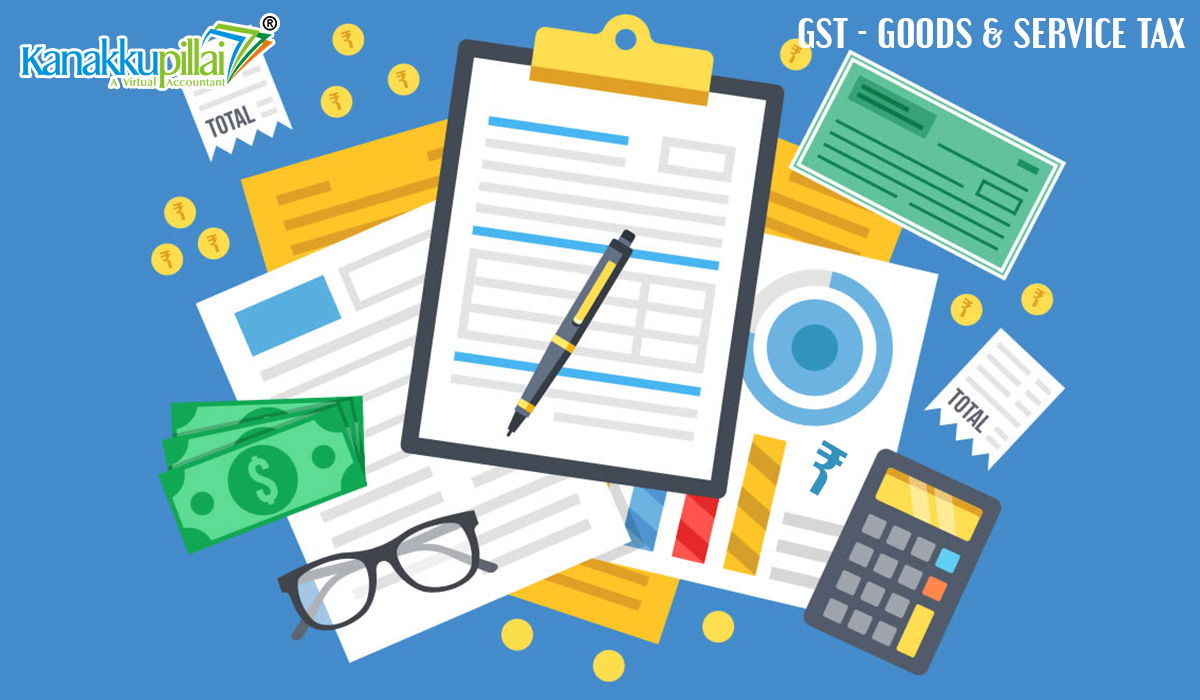We have all heard about it, and we have all seen it on our bills and invoice copies. Some of us may have even spent hours discussing and arguing with colleagues, friends, and relatives over tea and coffee breaks about it. It is not just panels of experts, economists, politicians, and businessmen who mulled over it, but the whole of 2017 saw the trade & business undergo a paradigm shift in India, with its introduction.
Yes, ladies and gentlemen – we are talking about the over-debated, the big brother of taxes – GST. Or for those who may still be unfamiliar with what it stands for. Goods & Services Tax! Its pros, its cons – Financial and accounting experts have discussed it extensively in the media, both digital and print. On that note, let us take a quick Sneak Peek into the World of GST.
GST is an Indirect Tax that has replaced many Indirect Taxes levied on goods & services by the Indian central & state governments. The Act was passed in Parliament on 29th March 2017, and it came into effect on 1st July 2017. As a tax reform, it aims to remove taxation barriers between states and create a single market that is open to all, allowing them to buy, sell, import, and export within the country. The Goods and Services Tax (GST) Law in India is a comprehensive, multi-stage, destination-based tax levied on every value addition. Phew! Big Words.
GST is an Indirect Tax that has replaced many Indirect Taxes levied on goods & services by the Indian central & state governments. The Act was passed in Parliament on 29th March 2017, and it came into effect on 1st July 2017. As a tax reform, it aims to remove taxation barriers between states and create a single market that is open to all, allowing them to buy, sell, import, and export within the country. The Goods and Services Tax (GST) Law in India is a comprehensive, multi-stage, destination-based tax levied on every value addition.
Let us look at it from a simpler lens! Essentially, GST is a nationwide indirect tax. A product must go through various stages before reaching the end consumer, and several taxes are applicable throughout this process. The earlier tax regime used to levy an accelerating indirect tax at every stage a manufactured product went through, making the ultimate cost to consumers relatively higher. However, this situation changed after the introduction of the GST regime. Let’s understand here-
Erstwhile Indirect Tax System
Raw Materials Supplier Sells At Rs. 100/-
Manufacturer Sells At Rs. 154 {Rs.40 Value Addition + 10% tax on 140}
Wholesaler Sells At Rs. 202.4 {Rs.30 Value Addition + 10% tax on 184}
Retailer Sells To Consumer At Rs. 232.4 {Rs.10 Value Addition + 10% Tax on Rs. 222.4}
Current GST System- Raw Materials Supplier Sells At Rs. 100 (Inclusive of GST at 10% of Rs. 100)
Manufacturer Sells At Rs. 144 (Rs 40 Value Addition + Actual Tax Liability of Only Rs. 4 as Rs. 10 has already been paid by the raw materials supplier}
Wholesaler Sells At Rs. 191.4 {Rs 30 Value Addition + Actual Tax Liability of Only Rs. 3.4 as Rs. 14 – has already been paid by the raw material supplier (Rs. 10) & manufacturer (Rs. 4)}
Retailer Sells To Consumer At Rs. 201.8 {Rs.10 Value Addition + Actual Tax Liability of Only Rs . 2.78 as Rs. 17.4 has already been paid by raw material supplier (Rs. 10) & manufacturer (Rs. 4) & wholesaler (Rs. 3.4)}
So, a product that cost Rs. 232.4 in the erstwhile indirect taxes regime now costs only Rs. 201.8 under Big Brother’s, i.e., GST’s regime. Voila!! Could that explain why the consumer purchasing trends are on the rise? Maybe, may not be. But we know one thing for sure – GST Registration Online has reformed Indian business in more ways than one. Well, what are the other ways of transformation? That’s for later, Folks!





